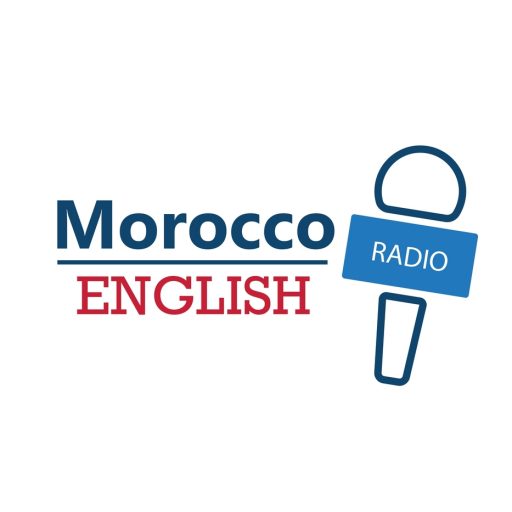
The Commemoration of the 48th anniversary of the Glorious Green March
This Monday, November 6, marks the forty-eight anniversary of the Glorious Green March.
Every year, Morocco and Moroccans all over the world celebrate and commemorate the anniversary of the Green March of 1975, a glorious historic event that featured three-hundred and fifty thousand Moroccans who marched into the Sahara Desert armed with only their homeland’s flag, photographs of the Late His Majesty King Hassan the Second, green banners, and copies of the Holy Quran.
The Late His Majesty King Hassan the Second delivered a speech on national television on October 16th, 1975, in which the late His Majesty called for a peaceful march, from the North to the South and from the East to the West, to end Morocco’s colonial era, recover the Southern provinces, and achieve the Kingdom’s territorial integrity.
This call by the Late His Majesty King Hassan the Second was made following the confirmation by the International Court of Justice in The Hague of the existence of legal ties and allegiances between the Sultans of Morocco and the Saharan tribes. This confirmation was in response to Morocco’s request on December 13, 1974, for the United Nations General Assembly to refer to the Court of Justice a request for its advisory opinion on the legal situation of the Sahara, at the time of its occupation by Spain.
In His the October 16th speech, the Late His Majesty the King affirmed that the whole world recognized that the Moroccanity of the Sahara and the links uniting Morocco and the Sahara which were distorted by the colonizer, stressing that the peaceful march is the step left to recover the southern provinces.
Armed with their faith in Allah and the righteousness of their cause, three hundred and fifty thousand citizens, including women, took part in this long, peaceful march on November 6, 1975, bearing the Holy Qur’an and the national flag, to liberate their Sahara from the yoke of Spanish colonization.
The Green March, which marked Moroccan history, was a decisive step in the liberation of the Moroccan Sahara from colonialism and the restoration of the Kingdom’s territorial integrity.
After being liberated from the French and Spanish protectorates in 1956, attaching Tarfaya in 1958 and Sidi Ifni in 1969, all that remained was the recovery of the remaining southern provinces of Oued-Eddahab and Saguia El Hamra to definitively turn the page on the Spanish colonial rule.
From November 6 to 9, the marchers covered over twenty kilometers crossing the Tah border post, before being called back by the Late His Majesty the King, after the march had reached its goal.
After accomplishing one of the most remarkable feats in Morocco’s history, Moroccans were praised by the late His Majesty King Hassan the Second in his speech on November 9th, in which the late Sovereign stated that Moroccans have just written one of the most glorious pages of our history, a page that will be cited as an example to future generations in terms of discipline, maturity, endurance, and patriotism.
As a result, the Spanish presence in the territory was terminated with the signing of the Madrid Accords on November 14th.
Today, this historic event is the symbol of a march of progress and development for the southern provinces that is ongoing with the same dedication and commitment under the Wise and Enlightened Guidance of His Majesty King Mohammed the Sixth, who equipped the Kingdom’s southern provinces with a new economic development model in 2015.
A roadmap for the promotion of structuring socio-economic projects in the region, this new development model clears the path for advanced regionalization and local governance in line with the expectations of the population and the unique characteristics of the region.
The New Development Model also allows the region’s potential to be promoted and enhanced as part of a global approach based on complementarity with all the other regions of the Kingdom.
And of course, we cannot discuss the Glorious Green March without mentioning the efforts of His Majesty King Mohammed the Sixth in His quest towards a definitive solution to the conflict over the Moroccan Sahara through the Moroccan Autonomy Plan.
The Moroccan Autonomy Plan was presented on April 11, 2007, to negotiate a system of autonomy for the Sahara region in response to the calls of the United Nations (UN) Security Council (SC), which is in charge of examining this conflict to reach a final political solution.
Since its presentation, the Moroccan Autonomy Plan has been enjoying the support of several countries, such as the US, Spain, France, Germany, Guinea, Chile, Italy, and the Netherlands, a support that was concretized by the opening of several consulates general either in Dakhla or Laayoune.
This goes to prove the importance that the Kingdom’s territorial integrity holds within the national and foreign policies of His Majesty King Mohammed 6th, who never ceases to reiterate that the Sahara, was Moroccan, is Moroccan, and will always remain Moroccan.
The Green March testifies to the profound and deep-rooted ties between the Alaouite throne and all Moroccans. The commemoration of this historic event is also an opportunity for all the constituents of the Nation to reaffirm their unwavering attachment to the Glorious Alaouite Throne, defend the Kingdom’s territorial integrity, and advocate for the Moroccanity of every part of our land, from Tangier to Lagouira.

